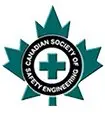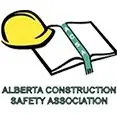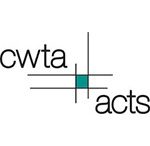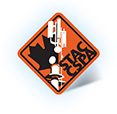Posted: Apr 10 '18
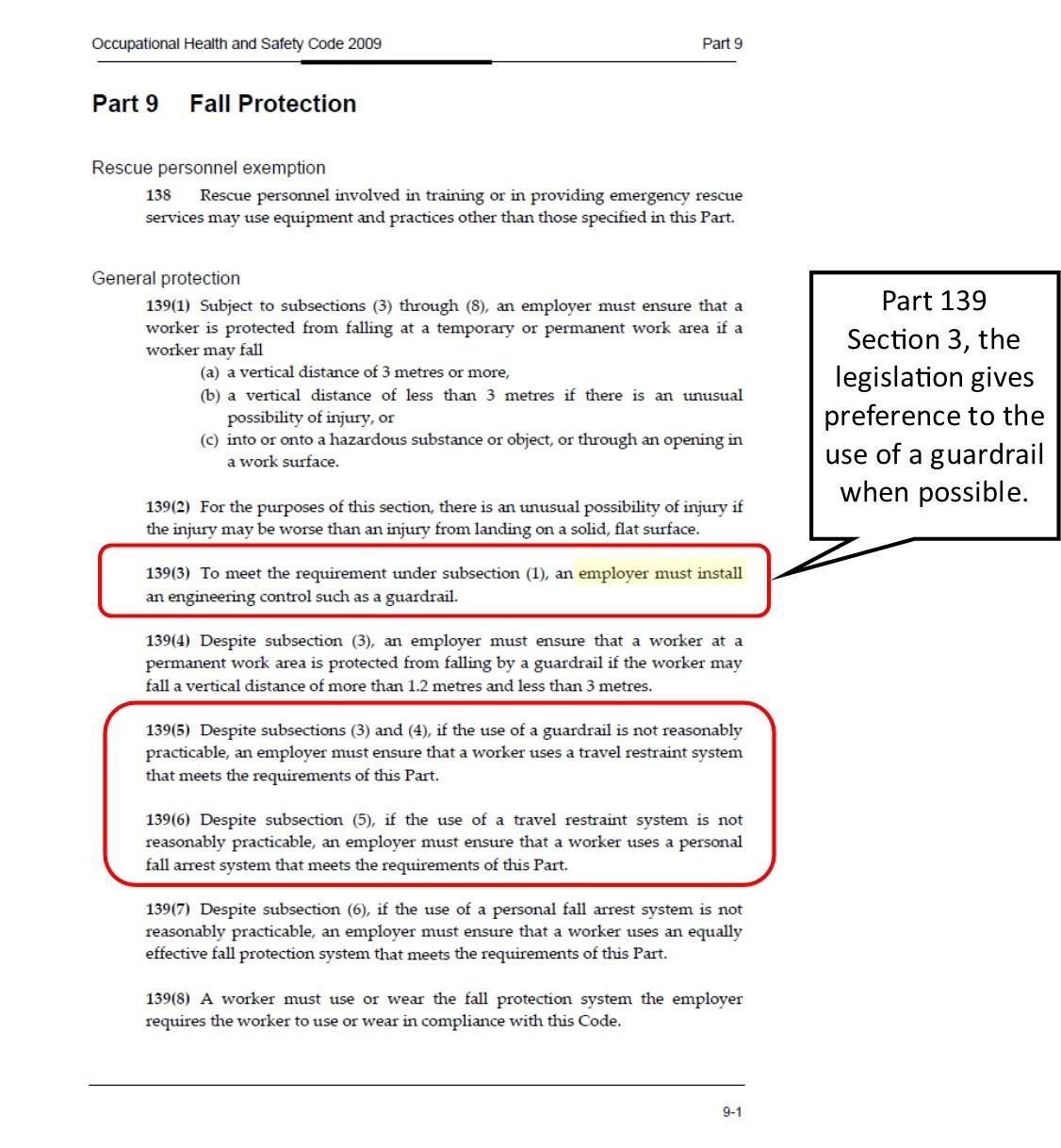
Horizontal Lifelines and Guardrails are two fall protection systems, both approved by legislation to protect workers who are working at height. This article examines the practicality of either, as well as comparing cost and legislation preference.
First off, there are some times, when a guardrails will not work, examples are skeleton structures, piperacks, etc. In these cases you will need a HLL. Typically a HLL can work in most at height cases, however, it is not always the best choice.
To use a horizontal life line, you must first prepare a fall protection plan, don fall protection equipment, connect to the horizontal lifeline then work, while connected. Working while you are tied off, adds additional fatigue to the worker, limits movement and creates trip hazards. However, if a HLL is the only option, that is what it takes to meet legislation compliance. However, there are many applications, like roof tops, and at height working platforms, where a guardrail is possible, this is the preferred application. Workers do not need to fill out a fall protection plan, or inspect and don fall protection gear. Additionally, work tends to be quicker as they are not connecting to a tether (the fall protection system).
Legislation (Alberta OHS Code Part 9, Section 139) requires the employer to consider if a Guardrail is Reasonable Practicable, as a first option to protect workers at height. If this first choice is not possible, then the next option is to consider travel restraint and fall arrest. A horizontal life line system (depending on how it is used, is a travel restraint or fall arrest system.
It is tough to compare the cost of a guardrails versus horizontal lifelines, without getting a direct quote from a fall protection installer. There are many considerations, such as:
You must also consider the cost to inspect and recertify horizontal lifeline systems. (CSA Z.259.13-16 Standard for Horizontal Lifelines). The location and site has a factor in the cost to inspect, but examples include
8 hours, inspect two hll. One 600’ hll inside a power generation plant and one 800’ hll outside on a piperack. (average cost $1900).
12 hours, inspect 30 horizontal life lines on a camp complex. (Average cost $2500) doesn't include travel time.
It is important to consider all factors when choosing between the various options for fall protection.
REQUEST INFO ON OUR COURSES